Schindler’s List is a 1993 American epic historical period drama movie directed and co-produced by Steven Spielberg and scripted by Steven Zaillian. The movie is based on the novel Schindler’s Ark by Australian novelist Thomas Keneally. It deals with a period in the life of Oskar Schindler, who was an ethnic German businessman, during which he saved the lives of more than a 1,000 mostly Polish Jewish refugees from the Holocaust by employing them in his factories during World War II. Take a look below for 27 more interesting and fascinating facts about Schindler’s List.
1. Ralph Fiennes put on 13 kilograms by drinking Guinness for his role of Amon Goeth. Steven Spielberg cast him because of his “evil sexuality.”
2. Steven Spielberg wasn’t paid for the movie. He refused to accept a salary, citing that it would be “blood money.” Instead, he gave the money to the Shoah Foundation.
3. When survivor Mila Pfefferberg was introduced to Ralph Fiennes on the set, she began shaking uncontrollably, as he reminded her too much of the real Amon Goeth.
4. One of the 1,200 Jews that Schindler saved from the Nazis emigrated to the United States in 1948. After opening a luggage store in Beverly Hills, he spent 40 years trying to make a movie about his saviour. In 1951, he approached director Fritz Lang but it didn’t work out. Later on, he managed to convince Thomas Keneally, an Australian author, to write the novel “Schindler’s Ark,” in 1982.
5. Steven Spielberg offered the job of director to Roman Polanski but Polanski turned it down because the subject was too personal for him. He had lived in the Krakow ghetto until he was 8 years old, and his mother later died at the Auschwitz concentration camp.
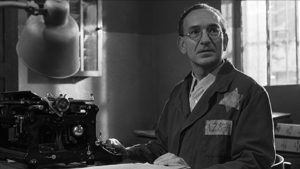
6. Spielberg managed to get permission to film inside Auschwitz, but chose not to out of respect for the victims. The scenes of the death camp were actually filmed outside the gates on a set constructed in a mirror image of the real location on the other side.
7. Spielberg agreed to direct the movie but only after shooting Jurassic Park.
8. Branko Lustig became the produce of Schindler’s List after showing Spielberg his tattooed serial number from Auschwitz on his arm.
9. Spielberg wanted to shoot the movie in black and white because it reminded him of the black and white documentary footage of the Holocaust.
10. Most of the movie was shot in the Jewish ghetto of Krakow, however, the Plaszow concentration camp was built on the edge of town.
11. During an interview, Spielberg said that, “The most moving thing that happened for me was on Passover. We had Passover at the hotel, and all the young German actors who were playing Nazis came in with yarmulkes and haggadahs and sat with the Israeli actors and took part in the Passover service. I wept like a baby.”
12. Spielberg spent his days shooting Schindler’s List and his evenings editing footage from Jurassic Park.
13. In an interview with Time Magazine in 2013, Lusting said that one of the most painful moments for him was the time he had to recruit children to sing songs as they were being herded onto trucks.
14. To cheer himself up while working on the movie, Spielberg had Robin Williams phone him.
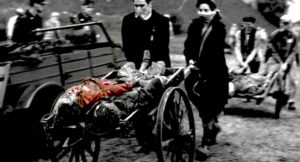
15. The movie was made on a $22 million budget. It earned $96 million in North America and $225 million overseas.
16. When Steven Spielberg first showed John Williams a cut of the movie, Williams was so moved that he had to take a walk outside for several minutes to collect himself. When he came back, he told Spielberg that he deserved a better composer. Spielberg said, “I know, but they’re all dead.”
17. To gather costumes for 20,000 extras, the costume designers took out advertisements looking for clothes to buy. Due to the poor economic conditions in Poland at the time, many people sold clothing that they still had from the 1930s and 1940s.
18. The original missing list of Schindler’s Jews was found in a suitcase together with his written legacy hidden in the attic of Schindler’s flat in Hildesheim in 1999. Oskar Schindler stayed there during the last few months before his death in 1974.
19. Steven Spielberg refused to autograph any materials related to Schindler’s List.
20. When the movie was shown in the Philippines, the censors decided to cut out certain scenes of nudity and violence. When Steven Spielberg heard of this, he threatened to pull the film from the Philippines unless it was shown as it is. Philippine President Fidel Ramos intervened and overruled the censors, showing the movie without any cuts.
21. Schindler’s List is the most expensive black and white movie to date. The previous record was held for over 30 years by another World War II movie called The Longest Day.
22. During the Warsaw premiere, Spielberg picked up the saxophone and played 5 to 6 minutes of traditional Eastern European Jewish music.
23. Before the filming, Spielberg traveled to Poland and met with real life Holocaust survivors.
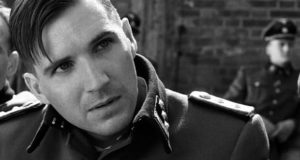
24. Spielberg initially wanted to shoot the movie in Polish and German with English subtitles. However, he wanted the audience to embrace the images on the screen and not get stuck reading subtitles.
25. It’s believed that Oskar Schindler and his associates actually made a total of seven lists throughout World War II.
26. Oskar Schindler did have a Jewish accountant called Itzhak Stern, though his role is expanded in the movie, with him serving as a composite of several accountants that Schindler had working for him.
27. When Schindler berates Itzhak Stern for sending too many forced labor camp workers to his factory, Stern reminds him about Amon Goeth shooting 25 men from Bejski’s camp. The Bejski that Stern talks about is Moshe Bejski, who eventually became Oskar Schindler’s document forger and later the Israeli Supreme Court Judge from 1979 to 1991.



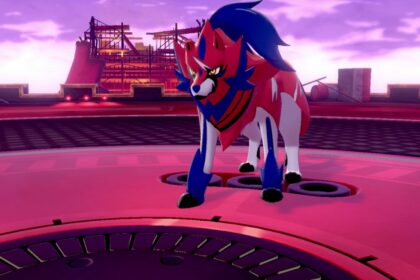
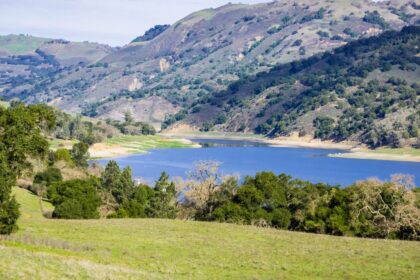
2 Comments
Pingback:
March 27, 2018 at 11:55 amPingback:
July 3, 2018 at 3:28 pm